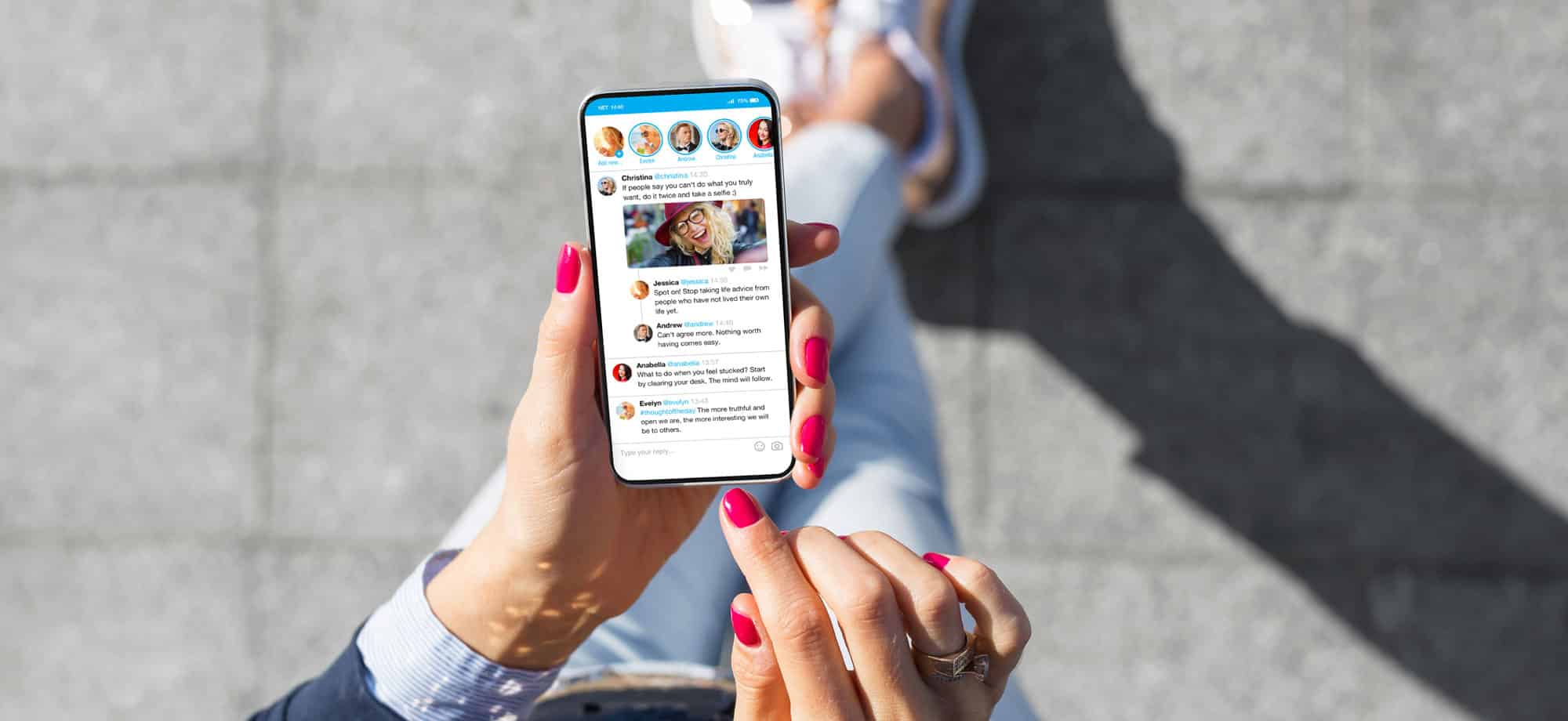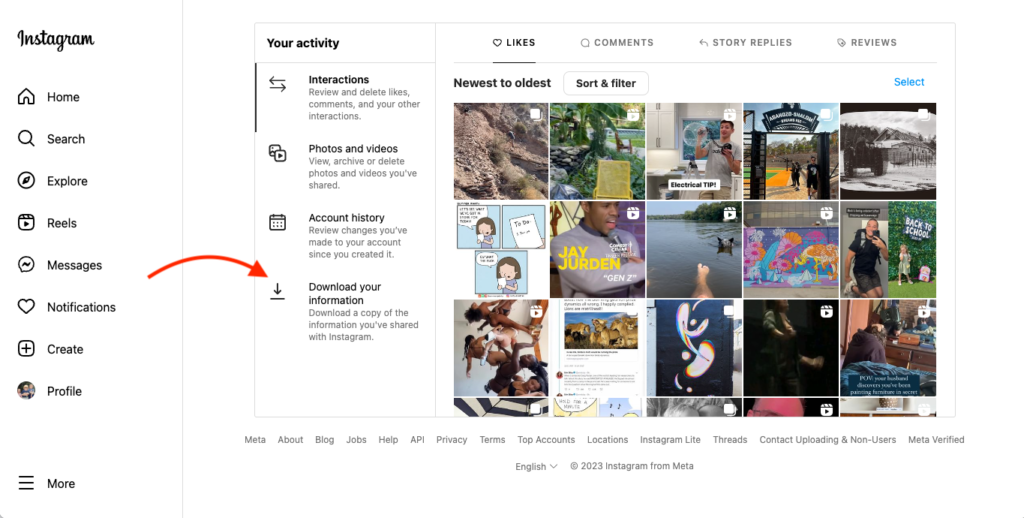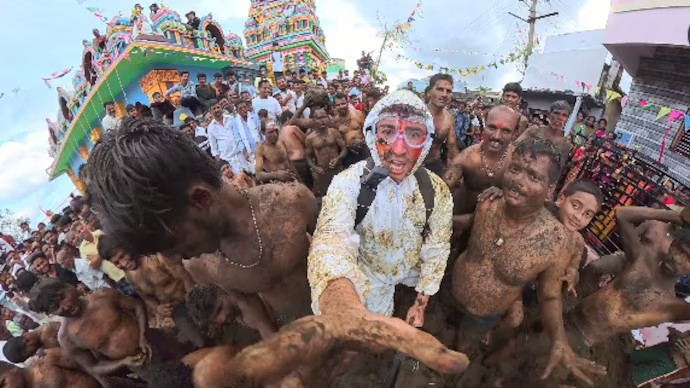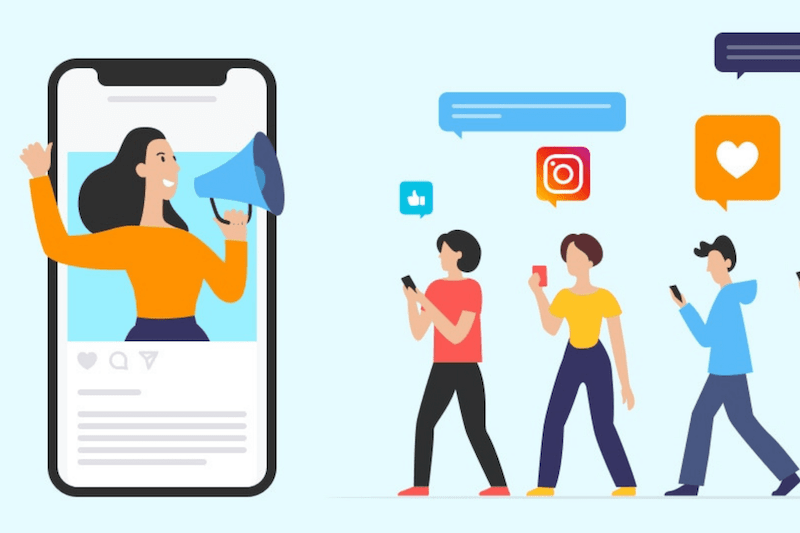Now Reading: Comparison Culture on Instagram
-
01
Comparison Culture on Instagram
Comparison Culture on Instagram

Instagram has become more than a photo-sharing platform—it is now a mirror of aspirations, lifestyles and social status. But along with creativity and connection comes a growing culture of comparison. People often measure their own achievements, looks or lifestyle against what they see online. This trend is visible not only in big cities but also in Tier 2 cities, where social media has become a powerful tool shaping self-image and expectations.
At the heart of this culture is curated content. Most users post their best moments—vacations, celebrations, expensive purchases—while everyday struggles remain hidden. For viewers, this creates an illusion of perfection, making them feel their own lives are less exciting or successful.
Younger audiences are especially vulnerable. Teenagers and college students scrolling through feeds often compare their appearance, clothes or social circles with influencers and peers. This can affect confidence and create pressure to live up to unrealistic standards.
For working professionals, the comparison often shifts to lifestyle markers. From foreign trips to luxury gadgets, the posts of others can trigger financial stress or dissatisfaction with their own progress. In smaller cities, where exposure to such lifestyles is new, the impact feels even stronger.
However, it is not all negative. For some, Instagram comparisons serve as motivation. Seeing peers achieve milestones or build businesses can inspire others to push harder toward their goals. The challenge lies in balancing inspiration with self-acceptance.
In conclusion, comparison culture on Instagram reflects how digital life is influencing real emotions. While it can drive ambition, it also risks fueling insecurity. Recognizing that most online content is a highlight reel—and not the full story—can help users engage more mindfully, without letting constant comparisons dictate self-worth.

























